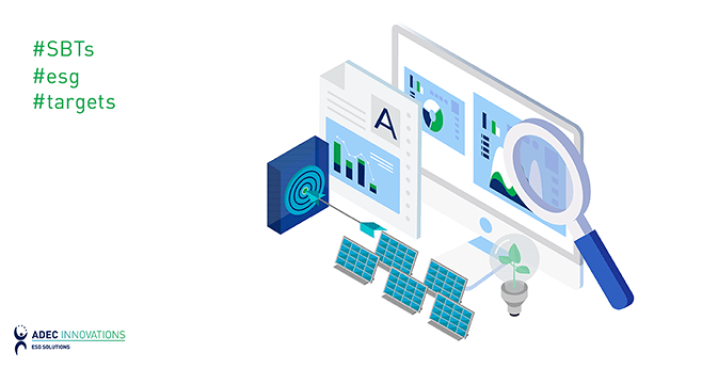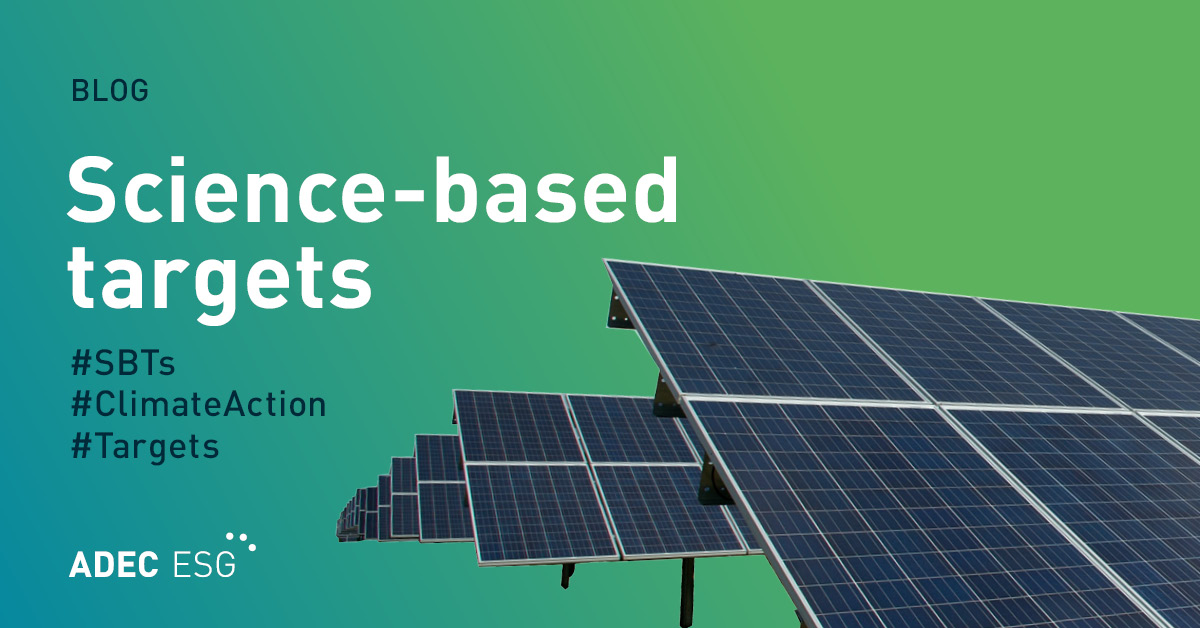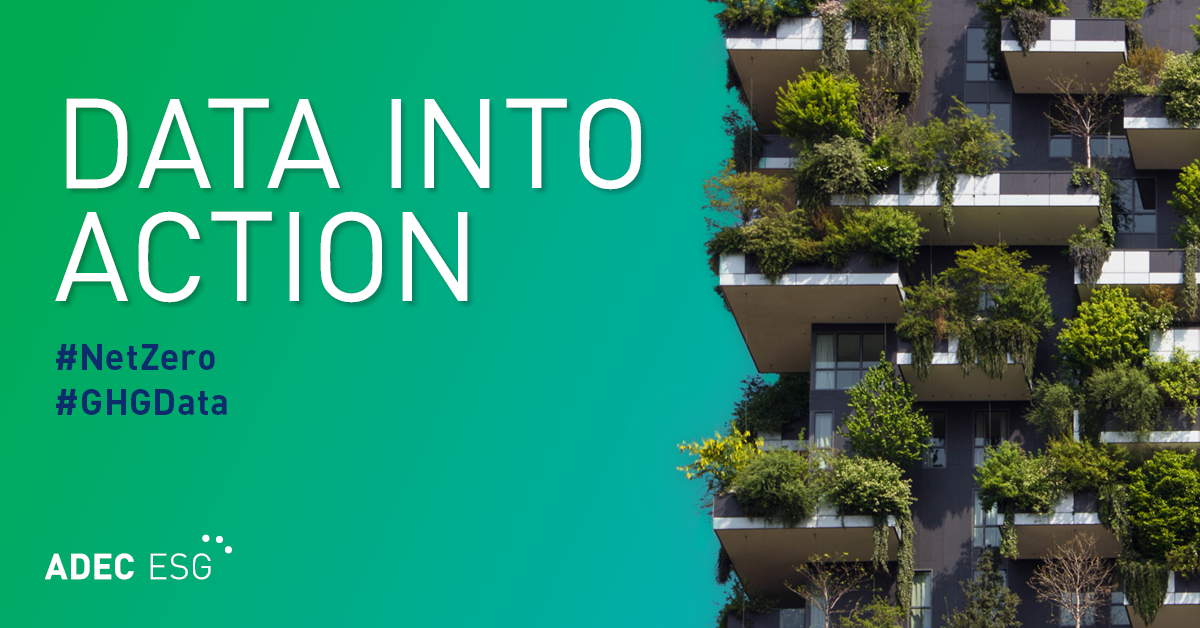At the Paris Climate Conference in 2015, nearly 200 nations came together to sign a legally binding global climate deal to keep global temperature rise this century below 2°C. The agreement aims to keep global warming at well below 2°C above pre-industrial levels, but that will not be possible without the dedicated, active participation of companies around the world.
This is due to the incredible influence that industry has had—and continues to have—on climate change. According to a report by the Climate Accountability Institute and global disclosure nonprofit CDP, over 70% of the world’s total greenhouse gas (GHG) emissions are emitted by just 100 companies. Pedro Faria, technical director at CDP, says this “pinpoints how a relatively small set of fossil fuel producers may hold the key to systemic change on carbon emissions.”
What is one step businesses can take to reduce their impact and demonstrate a commitment to sustainability?
Setting science-based targets
One way companies are working to meet the target set by the Paris Agreement is to set absolute or intensity targets that are then verified by the Science-Based Targets Initiative (SBTi). The SBTi provides a verification process that ensures companies who have submitted emissions targets are meeting the standards set forth by the Paris Agreement. Following partnership with CDP, more and more companies are submitting science-based emissions targets to SBTi, with the belief that setting a science-based target can “spur ambition and generate the innovations needed to transition to a low-carbon, sustainable economy.”
What is an absolute target? What is an intensity target?
An absolute target refers to a target that aims to reduce GHG emissions by a set amount. For example, Company A has set an emissions target aiming to reduce their emissions by 20% by 2025. An absolute target is referring to the total amount of emissions being emitted.
An intensity target is a normalized metric that sets a company’s emissions targets relative to some sort of economic output. That output can be anything from number of employees or revenue, among others. This allows a business to set emissions reduction targets while accounting for economic growth.
Which type of target is most effective?
The short answer: it depends. In an article, Faria noted that he looked into a company who had set an intensity target and whose emissions had decreased over the past decade. When looked more closely, however, he noticed that the company’s use of electricity had actually increased, but because they were using an intensity target, which is normalized to account for growth, it appeared as though their emissions had decreased.
However, that is not to say that an absolute target is the only solution. From a global perspective, developed countries shoulder the burden of reducing GHG emissions, while developing countries are the some of the highest emitters. Part of the reason behind this? Many developed countries take part in legally-binding absolute reduction targets, while developing countries have absolute targets in place without repercussions for not meeting targets.
The way forward, according to Guy Turner, Head of Economics and Commodity Research at Bloomberg New Energy Finance, is in “moving away from the binary distinction of developed and developing countries and the imposition of absolute targets for the developed group, and towards a more inclusive system that is based on emissions intensity.” An intensity target can be set regardless of if a country is developed or developing, or if a company is large or small. It is the most inclusive option in terms of target setting, but it also doesn’t force countries and businesses to reduce their overall emissions.
Whichever type of science-based target your business chooses, it is important to keep in mind the overarching goal: stopping climate change in its tracks. According to Faria, “One thing the planet needs for sure is an absolute reduction of greenhouse gas emissions. Full stop.”
ADEC Innovations is a leading provider of ESG solutions, with expertise in delivering fully-integrated consulting, software, and data management services. Talk to us about our consulting services and how we can help you put together a sustainability plan and science-based targets that work for your business.




